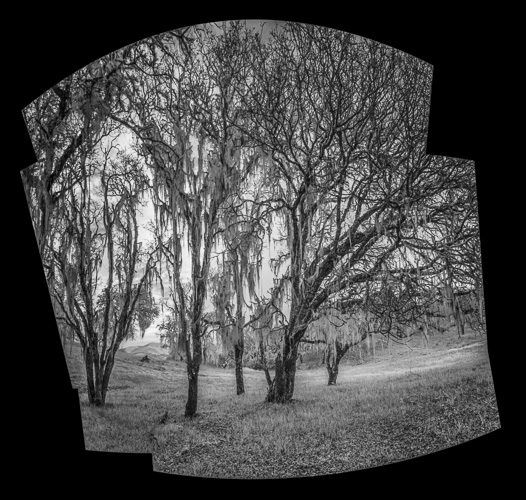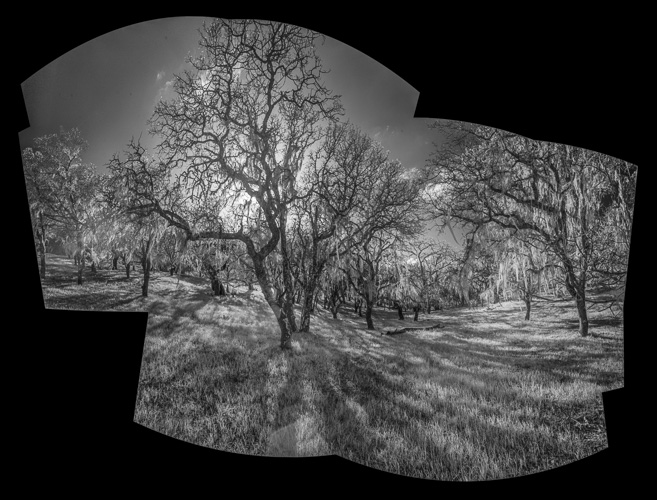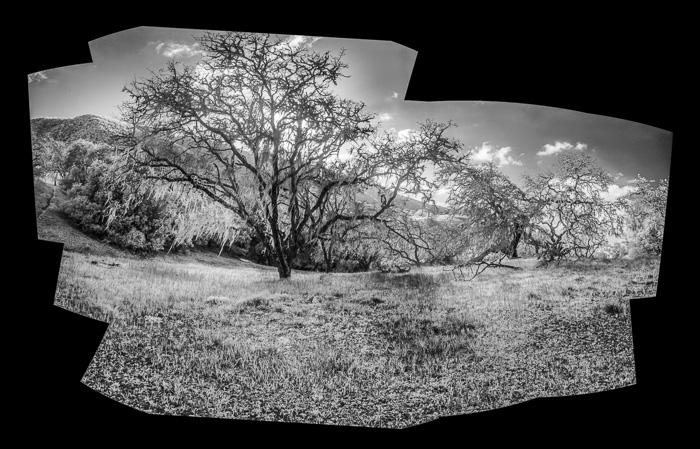Automatic bracketing is implemented on the Sony alpha 7 cameras as a shutter, or drive, mode,. There are two modes, continuous and single shot. If you use continuous mode, the raw (pre-compression) bit depth is changed from 13 bits to 12 bits, just like when the camera operates in continuous shutter mode without auto-bracketing. Here… [Read More]
Turning around
There’s an exercise that used to be popular in landscape workshops. The instructor would have all the students line up on what they thought was the best — for them — image to be made at some location. He’d — and it usually was a he — would go around and look at the picture… [Read More]
Who are the rock-star sensor designers?
Digital image sensors are for the most part analog integrated circuits. Traditionally, analog ICs, and analog circuits in general, have been an area where a few highly-talented engineers made the breakthroughs and basked in the acclaim from their fellow engineers, if not necessarily becoming rich in the process. Everybody who knows a lot about hi-fi knows… [Read More]
Not too much celebrating
I ended yesterday’s post on celebrating the process by wondering if I should really kick over the traces and go with a white background and lens/sun artifacts like this: Cooler heads have prevailed, and I’m liking this better: The process of selecting the right set of images for this picture was time consuming. It was… [Read More]
Celebrating the process
When you look closely at most oil paintings, you can see the brushstrokes, and thus the hand of the artist in the work. Many watercolorists leave the edges of their paintings ragged, putting down color where the scene demands it, but feeling no compunction to fill the entire rectangle with paint. Both elevate the work… [Read More]
- « Previous Page
- 1
- …
- 208
- 209
- 210
- 211
- 212
- …
- 382
- Next Page »


